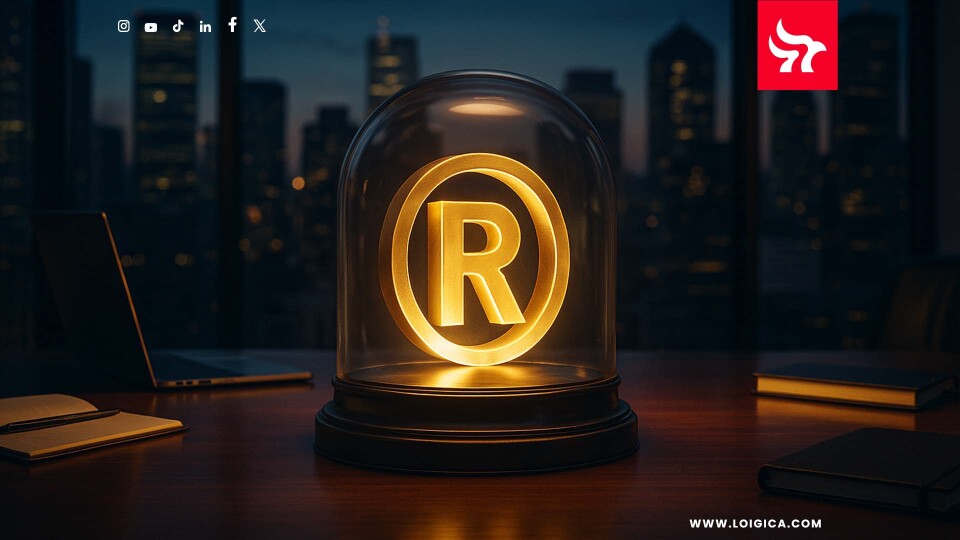We often overhear certain common questions in our offices as we walk by to our desks. More often than not, those questions end up clarified in your specific case, but the overall meaning of some legal concepts gets lost in the way. That’s why, today, we’re going to tackle a phrase you’ll hear often when it comes to investor visa programs—putting money at risk.
What Do We Mean By "Capital At Risk"?
According to U.S. Citizenship and Immigration Services (USCIS), for an investor visa like the EB-5 or E-2, the capital you invest must be subject to loss as part of the normal business risk. In other words, the money you put in has to be committed in a way that it could either generate a return or be lost, depending on the success of the business.
The key phrase here is subject to loss—the U.S. government wants to make sure your investment is genuinely being used for business purposes, and not just sitting in a safe account where it’s guaranteed to stay intact.
For example, in the EB-5 Immigrant Investor Program, USCIS specifically states that capital must be “at risk” for the purpose of generating a return on the investment. Simply putting money into a business account or holding it in escrow, waiting for a green card, doesn’t count. The funds must be actively invested in a project that has the potential for both success and failure.
Similarly, for the E-2 Treaty Investor Visa, the Department of State requires that the investment must be substantial and irrevocably committed to the business. This means that once you invest, there’s no backing out—the money has to be actively working to build and sustain the business. The investment cannot be marginal, and it must be directed toward an enterprise with the potential for growth and economic contribution.
What Does This Look Like in Practice?
Think of it like this: Let’s say you’re opening a new restaurant. The money you put in to secure the lease, buy equipment, hire staff, and pay for marketing is all considered capital at risk. If the restaurant succeeds, you make a return on your investment. If it doesn’t, you could lose that money. That’s exactly what the U.S. government wants to see—a genuine risk tied to the performance of the business.
However, if you were to put that same money in a low-risk, fixed-return account—something like a CD or a guaranteed bond—this wouldn’t qualify as ‘capital at risk.’ Why? Because there’s no chance of losing the money, which means it’s not a real investment in the sense the U.S. government requires.
The Importance of Economic Impact
The reason behind this at risk requirement is simple: The U.S. government wants to ensure that investors are contributing to economic growth by creating jobs and supporting business activity. For example, in the EB-5 program, the investment must result in the creation of at least 10 full-time jobs for U.S. workers within two years. So, the capital at risk isn’t just about your financial gain—it’s about benefiting the economy as a whole.
It’s this balance of risk and potential reward that makes the investor visa programs work, and it’s why the U.S. insists on genuine capital at risk as a core element of the process.
And that’s the basics of it!
If you have any remaining questions, it’s essential to seek the assistance of an experienced team of immigration attorneys such as those here at LOIGICA. This ensures you the best possible outcome of your dreams of becoming an investor in the United States.
By pursuing an investor visa program and managing your investment effectively, you can create new opportunities for yourself, your family, and many others.





